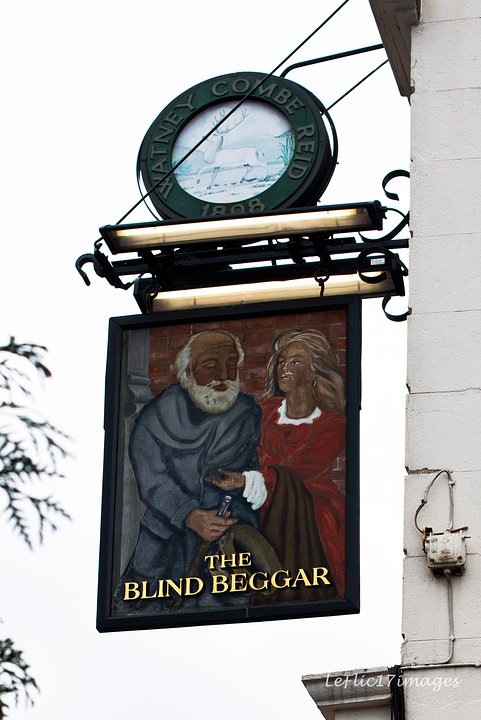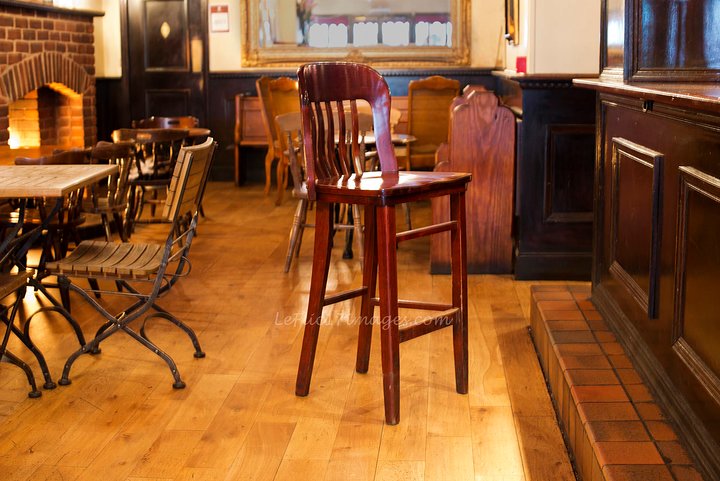Human Trafficking
17 February 13
Posted at 2:30
I am in my second year of 4 year BA Photography at the University of Westminster. Last semester, together with three others, we completed a collaborative 'constructed photography' project. Our output was to be four A3 prints and four medium format transparencies. One of us would take the lead for each image with a minimum of three individuals invloved in the lightimg set up and shooting of each image. We were to use medium format film cameras.
So the exercise was about, the use of lighting to construct an image,narrative and team work. It's easy for a photographer to enjoy working alone and being in control of every aspect of the project. It is a reality that when lots of equipment is necessary and there are multiple taks it is unlikely that the photographer will not at some point need to collaborate with others, be that assistants, lighting specialists, other photographers and of course models.
I worked with Olga Suchanova, David Rouillaux and Lucia Hrda www.luciahrda.com
We decided on a theme of Human Trafficking for London's Sex Trade. After much research we chose to produce four images showing the typical stages of the trafficking process, in this case from Eastern Europe to London.
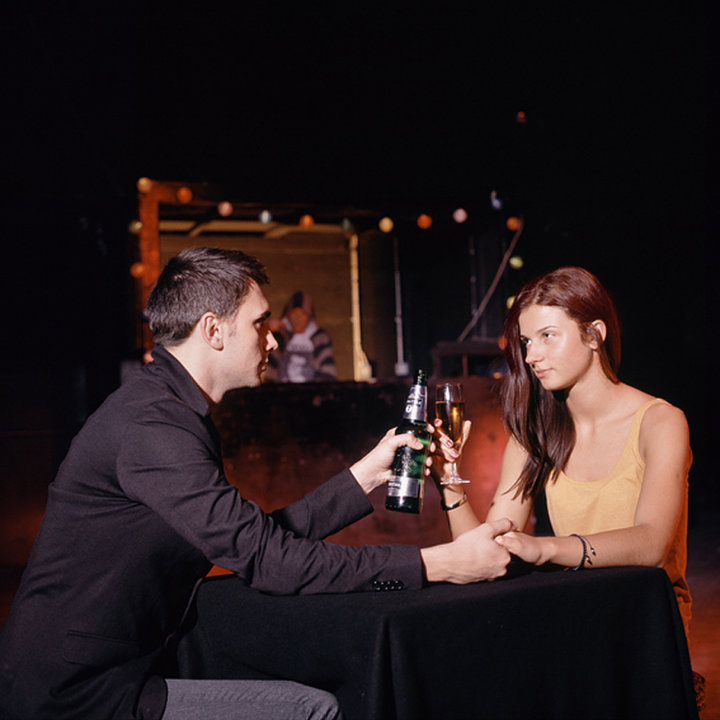
This first image is typical of the process a local boy acting for the trafficking gang will meet and impress a girl in a bar or club. Over a fairly short period he will impress her then dupe her into believing he has relatives in London and can give her the opportunity to go there with him. He promises that once there they will have well paid jobs and a new life. Once she is duped he will arrange travel but at the last minute will advise her that he will have to follow later but a relative will meet her on arrival and take care of her until he arrives in London.
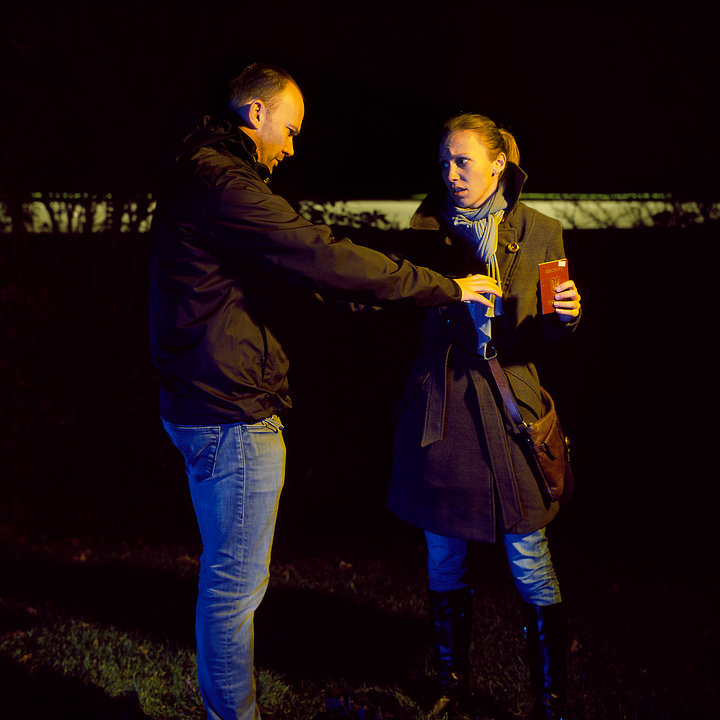
On arrival all is not as expected. In this image a girl has arrived at a railway station expecting to meet her boyfriend's uncle. But she is met by an aggressive man whose sole intent is to get posseion of the girls passport there by trapping her and being in command. She is taken to a house and given a room. She may be initially raped by the aggressor or his accomplices and from that point on she will receive visits from punters wiilling to pay for sex. She will not be allowed out but will remain locked in her room.
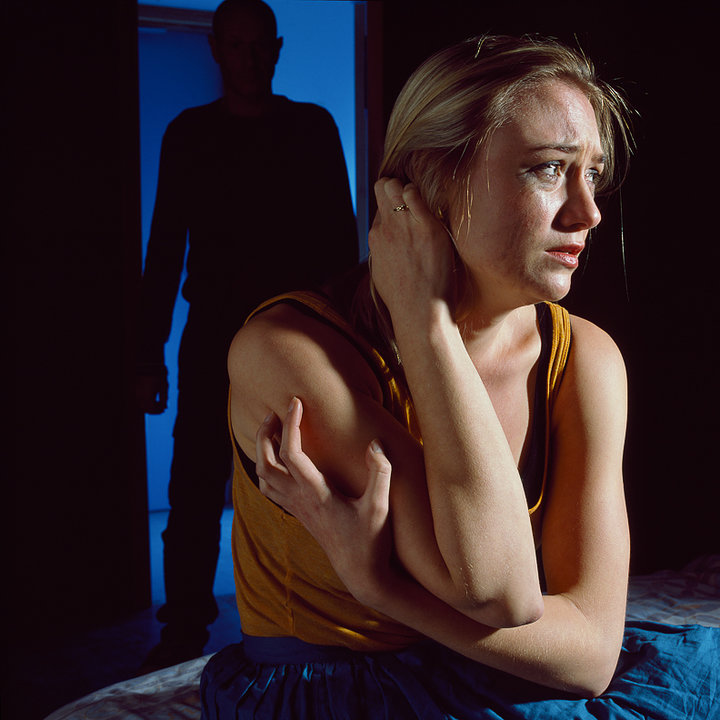
Very quickly she will become depressed and desperate. Usually victimes are faced with three possibilities. They may escape, which is difficult. They will have been advised that no-one will listen to them and that without a passport the authorites will simply imprison or deport them. It's made clear to them that attempting to escape will result in their death. A second option that some take up is to join the gang and become part of the trafficking process. And lastly in desperation they might commit suicide or having outlived their usefullness be murdered by the traffickers.
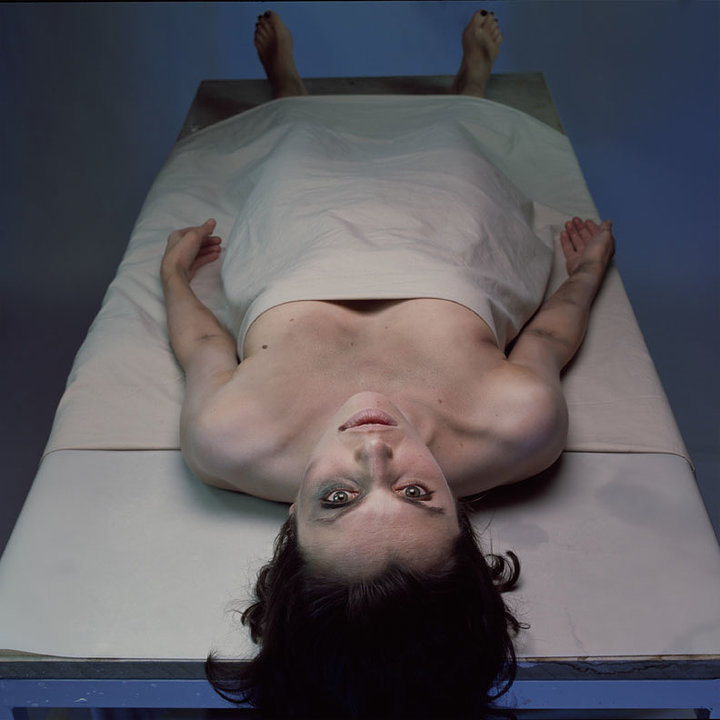
On average a victim is in the process for seven months from that fatal meeting in a bar or club to, more often than not, being on a mortuary slab.
There are charities who provide support and refuge for victims. For example The Poppy Project run by Eaves
As a group and as individuals we are pleased with our results. Many thanks to our fantastic models Zuzanna, Nastia Ku, Anastasia, and Heloise Faure.
